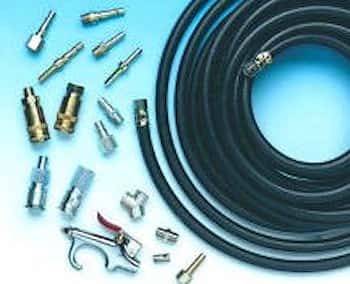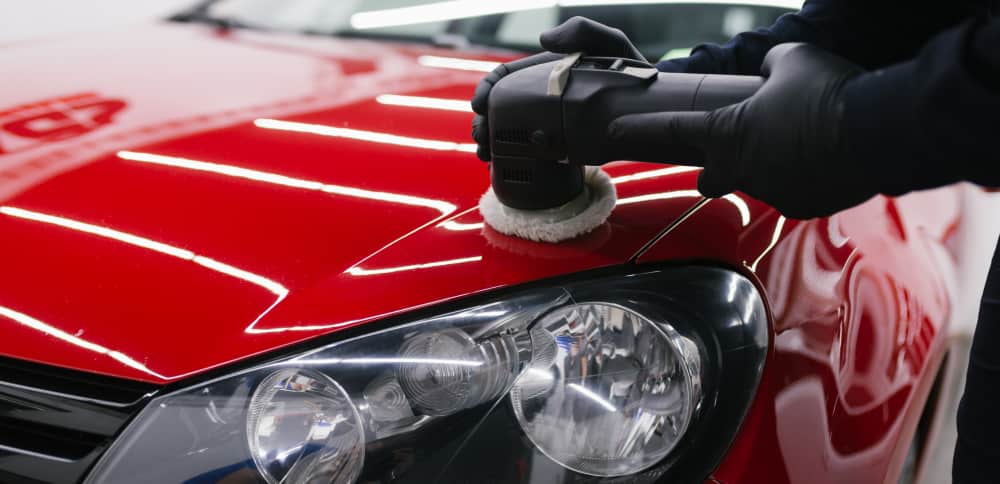 Polishing and buffing techniques
Polishing and buffing techniques
Polishing and buffing are techniques that can perfect, increase, or restore the gloss from car or motorcycle topcoats,during the bodywork repair or paint touch-up phase.
Here is a tutorial which presents all the stages of polishing a topcoat, and which lists the different polishing and glossing products for bodywork and cars.
These same techniques are applicable on topcoated surfaces in the furniture and interior design sectors. It’s a gradual process that uses polishing from coarse polish to ultrafine polish, which corresponds to the terms of "sanding/polishing/buffing"
How to polish and shine your bodywork paint?
Purpose :
- For freshly-painted but thoroughly dry topcoat, to remove defects.
- To remove “orange peel” type defects or lack of shine.
- For old topcoats with micro-scratches in the surface topcoat layer.
1 - Sanding/polishing
1500
When the clearcoat is very damaged, or has orange peel, remove the clearcoat top layer.  before
before  after
after
This is performed with sanding, manually or using a sanding machine, with a 1500 grit (we do not recommend going below 1200)
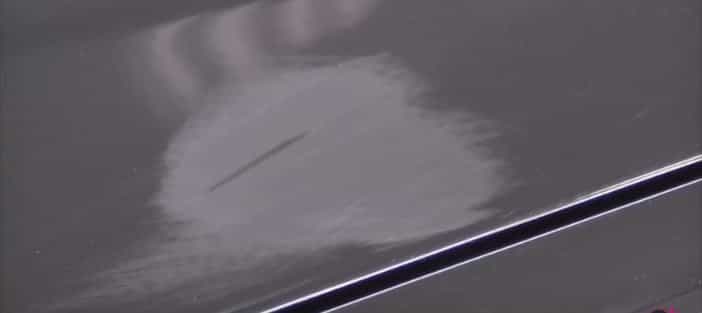
You can use for this:
- our 1500-grit abrasive papers
- our 1500-grit abrasive discs with a flexible tray dry, or wet
Never cross the topcoat layer, especially on the edges.
Between each stage, clean the sanding and polishing residues with a clean microfibre cloth!
3000
To remove the micro scratches from sanding with 1500-grit, sand then with 3000-grit, dry or wet.
Several products for this:
- our 3000-grit abrasive papers
- our 3000-grit abrasive discs
- our Mirka 3000 and 4000-grit disks
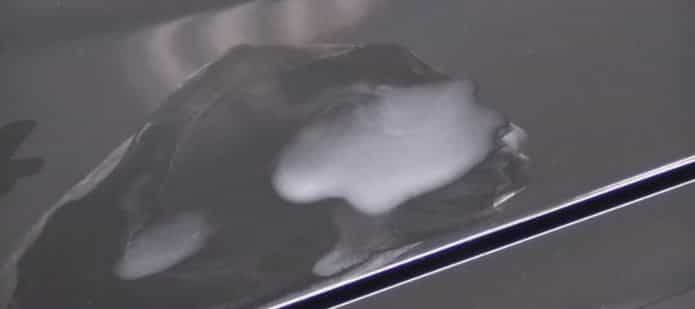
2 - Polishing
Then move to the polishing phase, which allows to further refine the surface condition at an extra level.
The polishing is performed in at least 2 steps.
Polishing can be done directly without going through step 1 if the clear coat is in good condition.
In this case, you should never polish without thorough cleaning and decontamination of the surface first!
> For this we use
- Degreasing Isopropyl Alcohol Solution
- Clay bar
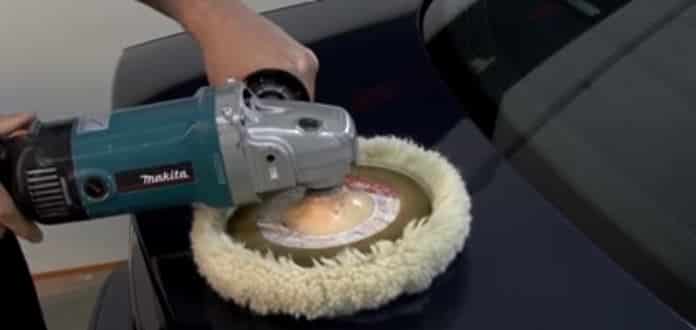
An electric polisher is usually used, applying light pressure with the fingers on the rotating shaft, and continuing until the polishing paste is dry. Don't use too much polishing paste!
Hard foam pad and wool
Here are the equipment that will be installed on the polisher and used to rough the polishing
- all types of hard foam pads (white or orange)
- natural wool trays These materials will "cut" the polishing scratches
A "compound" or a polishing paste must be used : apply 5 drops of product on the disc. Then pass over the disc for different uses of the bodywork to spread evenly the product. Apply the polishing compound, spread and polish
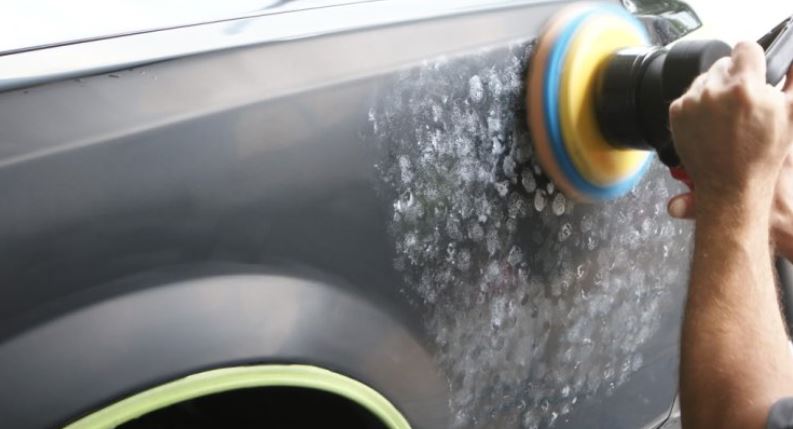
Work in 0.5m to 1m² section maximum, to allow the product to work properly. You can wet slightly to lubricate with a sprayer, although it is not mandatory to do so. Polish first slowly then increase the speed to 1000 - 1500 rpm. Work from left to right by drawing a grid, then from top to bottom.
Our Mirka® Polarshine 10 is a versatile high efficiency product ideal for all stages of polishing.
Final polishing with black soft foam pad
For the final gloss, choose a soft foam pad, especially for black bodywork paints. The softest foams are usually blue and black.
Still with Polarshine 10, apply 5 drops of products on the foam, spread on the surface and polish at 1500-2000rpm.
Clean with a microfiber cloth: your topcoat is great! 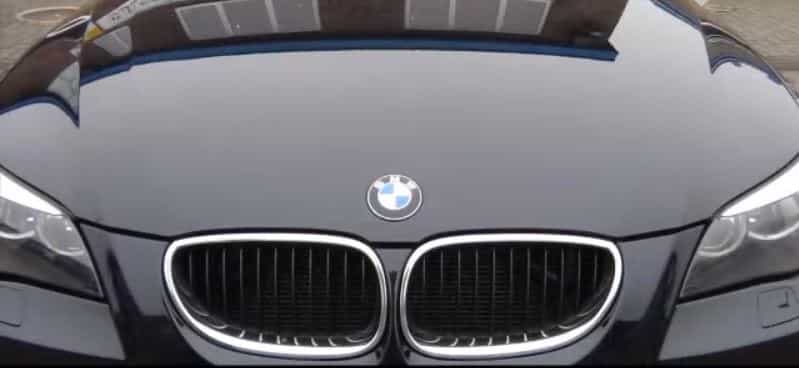
high-performance polishing wax
Polishing application is not mandatory. A professional wax such as Mirka's NanoWax can be used to create a protective layer.
This layer of wax will be removed after the first wash.
How to choose a buffing and polishing foam What is the difference between hard and soft foam pads? The hard foam pad will penetrate deeper into the topcoat and abrade the surface. Manufacturers usually use the same colour codes: Yellow, white, orange, for hard foams and black for soft polishing foams.
What is the difference between a lambswool tray and a foam pad? Only use lambswool for rough buffing and polishing. Wool has more abrasive properties than soft foams It is the equivalent of a hard foam. Contrary to common perception, the heating power of a wool is much lower than that of a foam: the heat produced by a foam makes your topcoat shine.
What is the difference between a soft foam or waffle foam pad? The waffle foam pad produces less heating. It’s designed for final polishing. Its use is rather special and it’s recommended only to experienced applicators. 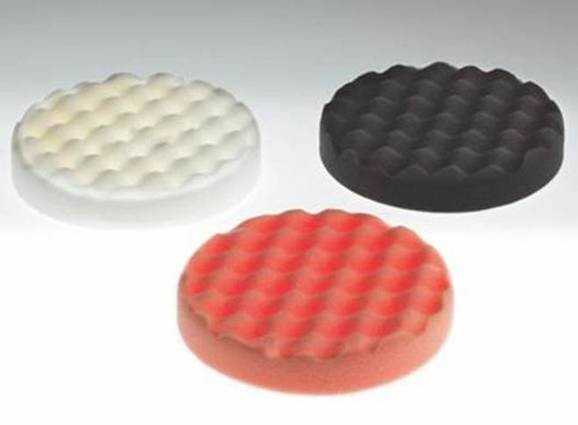
Mirka's SpotRepair micro polishing solution
Here's how to remove small defects in less than 5 minutes using the complete Spot Repair kit.
How to touch up bodywork paint?
How to completely repaint your bodywork

































































